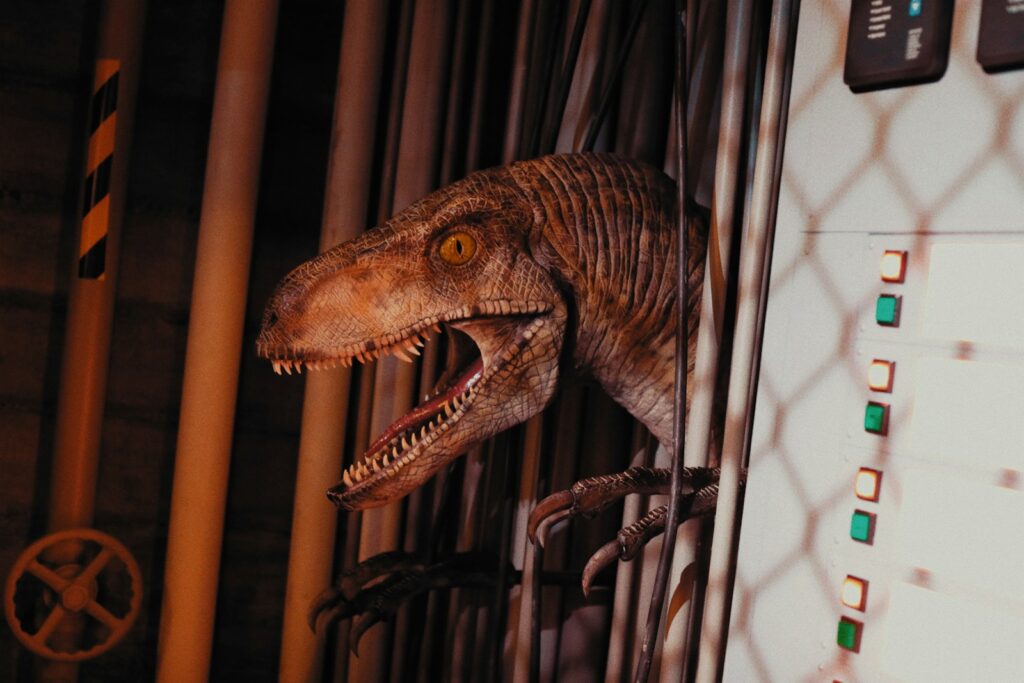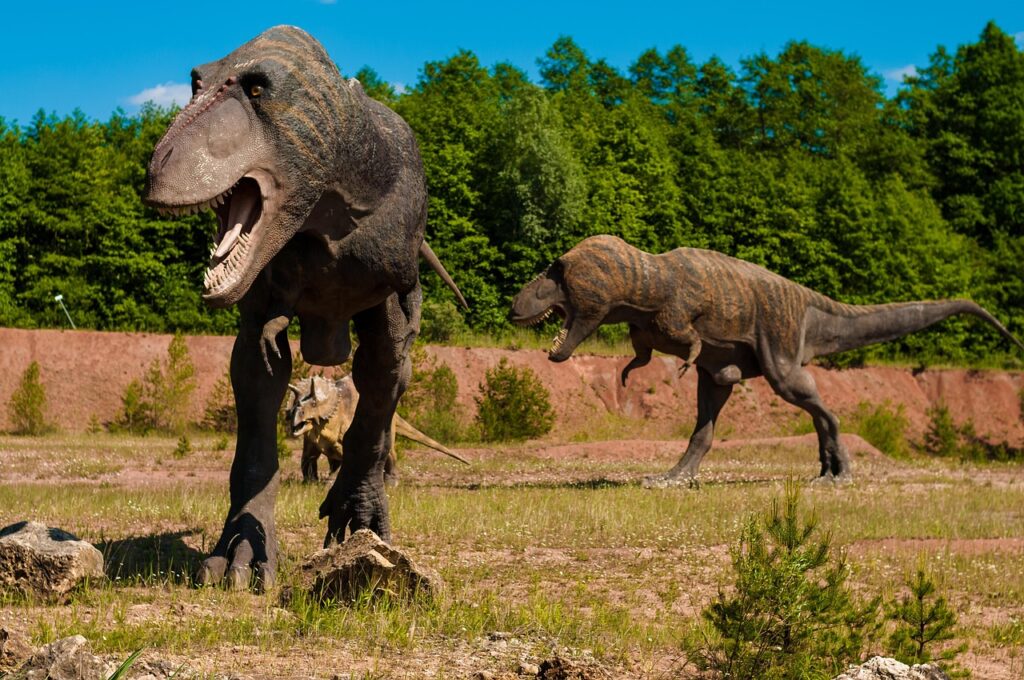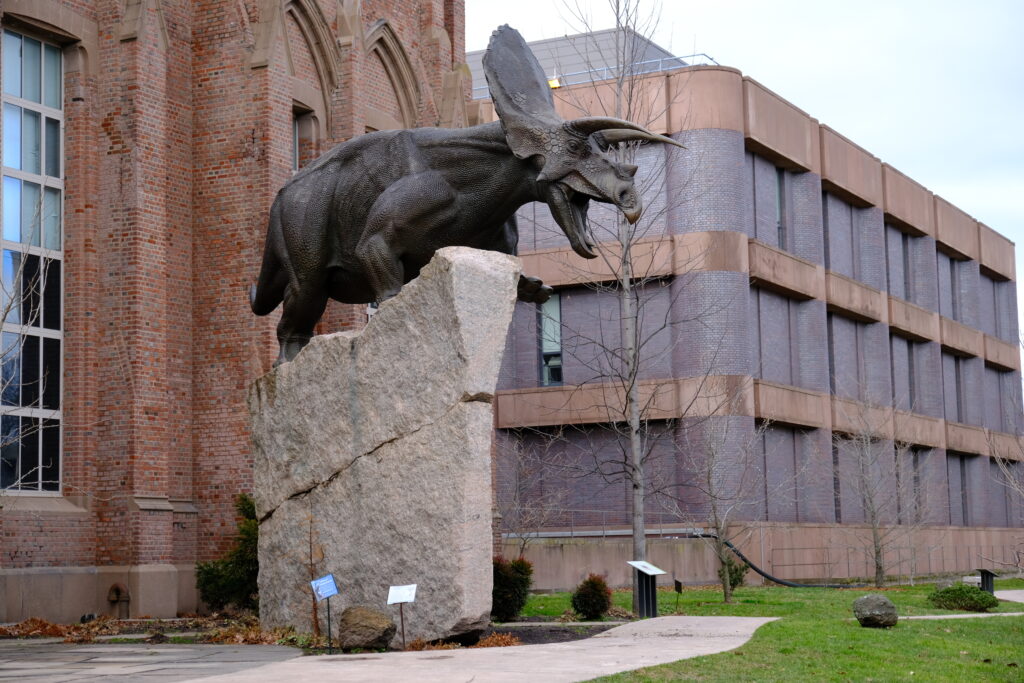Dinosaurs have captivated human imagination since their first fossil discoveries in the 19th century. However, most people never encounter actual dinosaur remains in their natural state. Instead, our understanding and perception of these prehistoric creatures come primarily through two cultural institutions: movies and museums. These powerful mediators shape how we visualize dinosaurs, what we believe about their behaviors, and even influence scientific inquiry. From the roaring Tyrannosaurus rex of “Jurassic Park” to meticulously crafted museum exhibits, our dinosaur knowledge is filtered through artistic and scientific interpretations that continue to evolve. This article explores the profound impact these institutions have on public perception and understanding of dinosaurs throughout modern history.
The Early Days: First Museum Displays and Silent Films
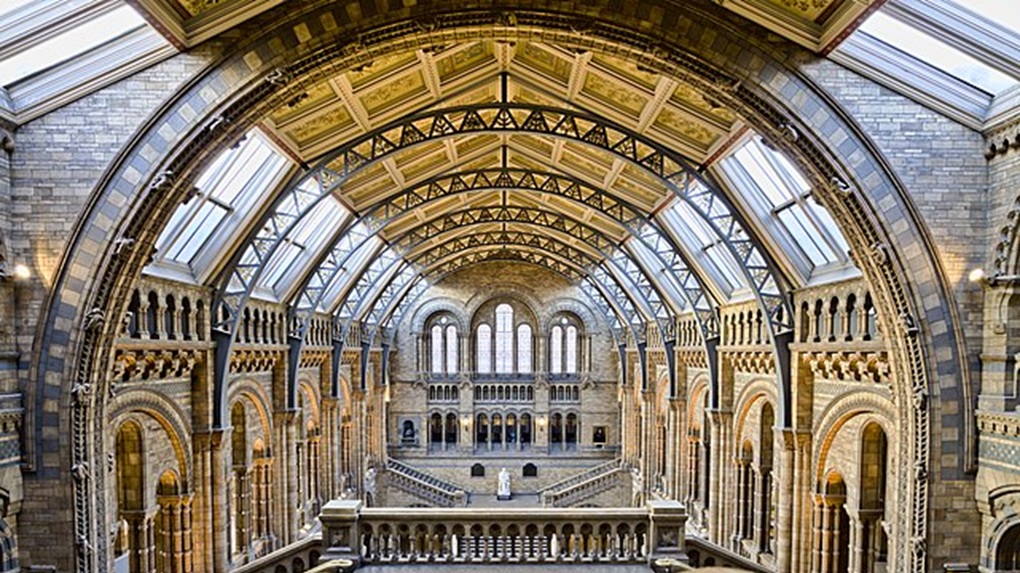
The relationship between dinosaur representations and public perception began in the late 19th century when museums first displayed mounted dinosaur skeletons. The American Museum of Natural History’s 1905 Brontosaurus (now Apatosaurus) mount became an instant cultural sensation, establishing dinosaurs as massive, tail-dragging behemoths in the public imagination. Simultaneously, early cinema was beginning to experiment with dinosaur portrayals, with Willis O’Brien’s pioneering stop-motion work in 1925’s “The Lost World” bringing Arthur Conan Doyle’s vision of living dinosaurs to audiences worldwide. These early representations emphasized dinosaurs as slow, lumbering creatures—a scientific view that dominated for decades. Museum displays of this era typically showed dinosaurs in static poses with dragging tails and sprawling limbs, reinforcing the perception of dinosaurs as evolutionary failures rather than the dynamic, successful animals we now understand them to be. This period established the foundational relationship between scientific institutions and entertainment media that continues to this day.
The Dinosaur Renaissance: Changing Scientific Views
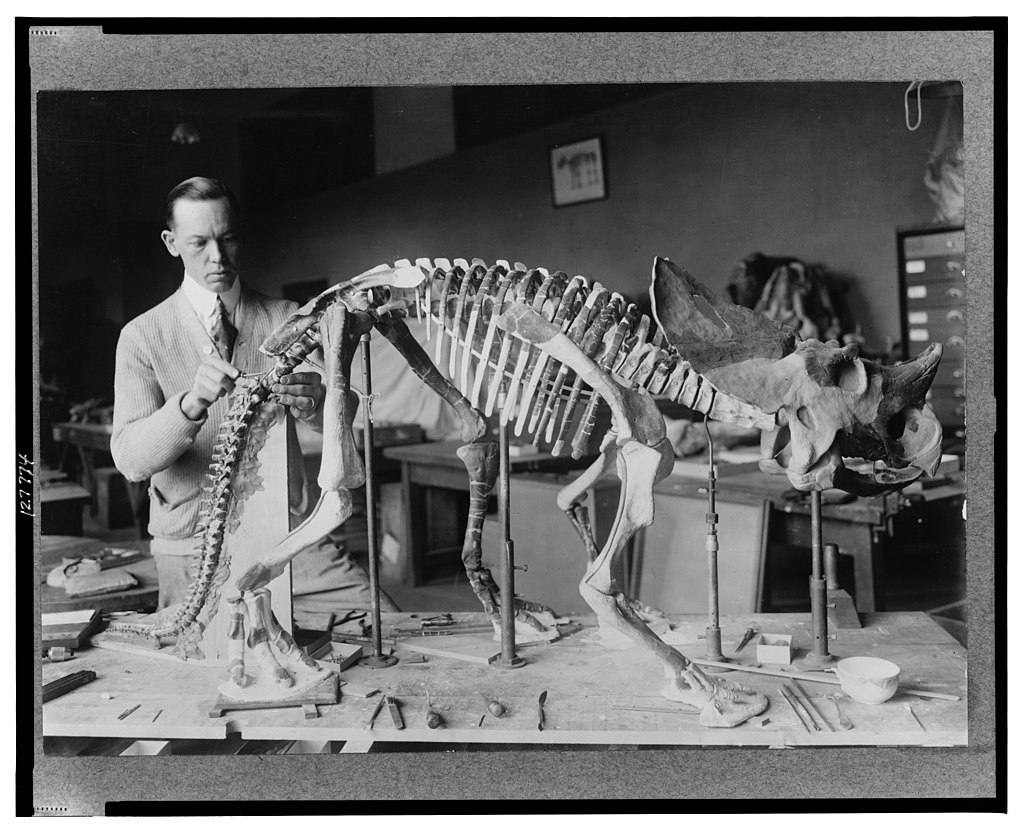
The 1960s and 1970s marked a revolutionary period in dinosaur science known as the “Dinosaur Renaissance,” spearheaded by paleontologists like Robert Bakker and John Ostrom. Their research suggested dinosaurs were active, warm-blooded animals more akin to birds than reptiles—dramatically different from earlier interpretations. Museums began slowly updating their displays to reflect these new understandings, with institutions like the American Museum of Natural History revising their iconic dinosaur halls. The Dinosaur Renaissance created tension between established public perceptions and emerging scientific evidence. While museums worked to incorporate new scientific findings, they faced challenges in overturning decades of cultural programming about dinosaur appearance and behavior. The public, accustomed to seeing dinosaurs as slow, primitive creatures, often resisted these new interpretations. This period highlighted the lag time between scientific discovery and public perception, a gap that would significantly narrow with the arrival of a groundbreaking film in 1993.
Jurassic Park: The Watershed Moment

Steven Spielberg’s 1993 film “Jurassic Park” represents perhaps the single most influential moment in public dinosaur perception. Based on Michael Crichton’s novel and featuring groundbreaking CGI and animatronic effects, the film presented dinosaurs as never before seen—fast, intelligent, and terrifyingly alive. “Jurassic Park” worked closely with paleontologists like Jack Horner to incorporate contemporary scientific understanding, showing dinosaurs as active, bird-like creatures rather than reptilian plodders. The film’s Velociraptors, portrayed as intelligent pack hunters (though significantly larger than their real-life counterparts), permanently changed how people envisioned these dinosaurs. The movie’s T. rex became the definitive representation of the species in popular culture, with its roar, appearance, and behaviors imprinted on an entire generation. The “Jurassic Park effect” was so profound that museums reported dramatic increases in attendance following the film’s release, demonstrating cinema’s power to drive interest in scientific institutions and subjects.
The Museological Response: Updating Exhibits for a Post-Jurassic Park World
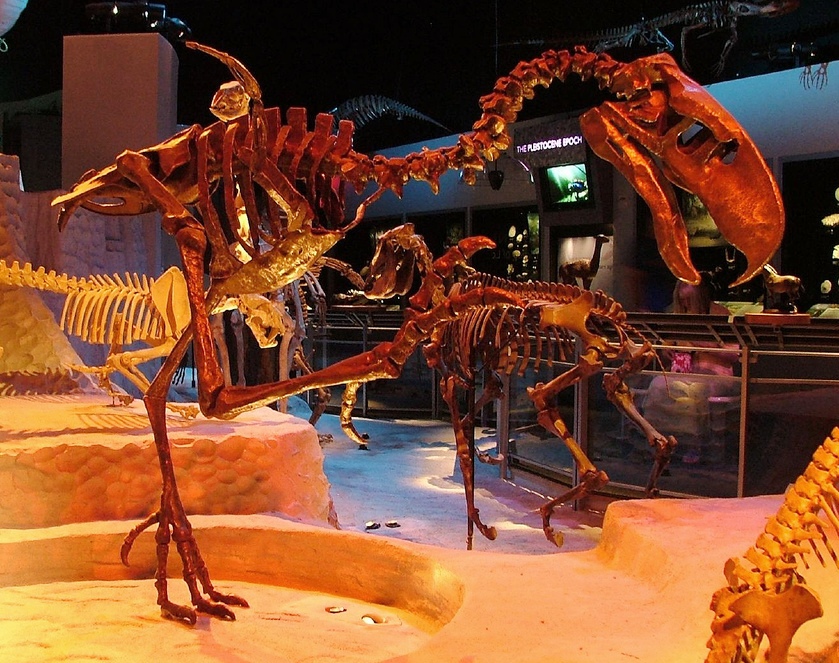
In the wake of “Jurassic Park’s” phenomenal success, museums found themselves responding to a new public expectation for dynamic, scientifically current dinosaur exhibits. Major institutions like the Natural History Museum in London and the Field Museum in Chicago invested millions in redesigning their dinosaur halls to incorporate active poses, updated scientific information, and interactive elements that echoed the engaging presentation style popularized by the film. The Field Museum’s acquisition and display of “Sue,” the most complete T. rex skeleton ever discovered, became a landmark example of museums leveraging popular dinosaur enthusiasm while providing scientific context absent from entertainment media. Digital and interactive components became standard features in these renovated exhibits, allowing visitors to engage with concepts like dinosaur movement, vocalization theories, and extinction scenarios. Museums also began more explicitly addressing misconceptions propagated by popular media, creating exhibits that directly compared Hollywood dinosaurs with current scientific understanding. This period marked a shift from museums merely responding to popular culture to actively engaging with and sometimes challenging media representations.
Feathered Dinosaurs: The Gap Between Science and Entertainment
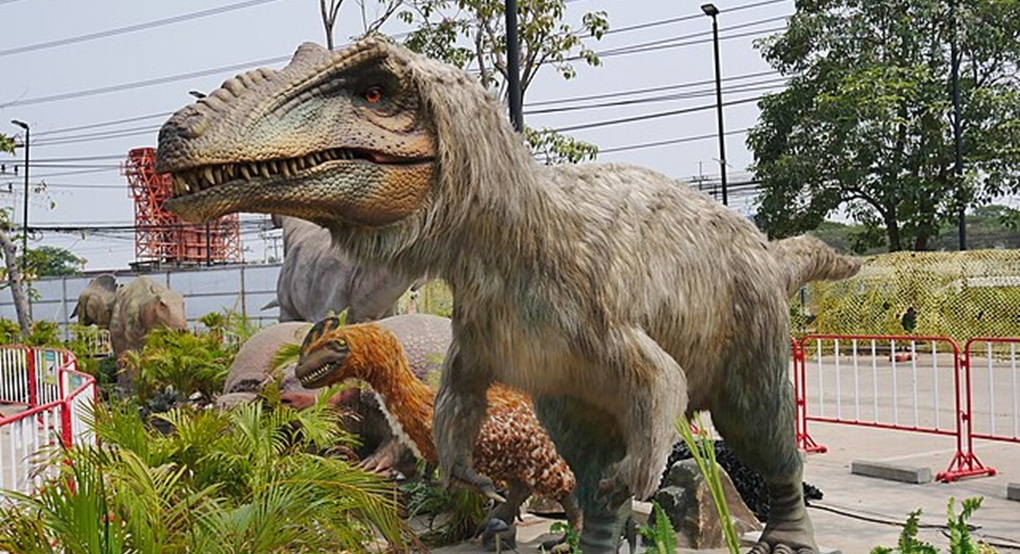
Perhaps no aspect better illustrates the tension between scientific accuracy and entertainment value than the discovery of feathered dinosaurs. Beginning with Sinosauropteryx in 1996 and continuing with numerous feathered theropod discoveries from China’s Liaoning Province, paleontological evidence conclusively demonstrated that many dinosaurs—including the ancestors of iconic species like Velociraptor—were covered in feathers. Museums quickly incorporated these findings into their displays, with institutions like the Royal Ontario Museum creating groundbreaking feathered dinosaur exhibits. However, mainstream films have largely resisted depicting feathered dinosaurs, with the “Jurassic World” franchise explicitly acknowledging but rejecting feathers for their dinosaurs to maintain visual continuity with earlier films. This resistance illustrates how entertainment media often prioritizes established visual expectations over scientific accuracy when the two conflict. The feather controversy represents a fascinating case study in how scientific understanding and popular representation can diverge, with audiences sometimes actively preferring less accurate but more familiar depictions of dinosaurs.
Dinosaur Sounds: Creating Voices from Fossil Silence

The sounds of dinosaurs represent one of the most creative aspects of dinosaur representation, as actual vocalizations left no fossil record. Museums have traditionally been conservative in this area, often limiting audio components to ambient soundscapes rather than specific dinosaur calls. In contrast, films have created definitive dinosaur vocalizations that have become deeply embedded in public consciousness. The iconic T. rex roar from “Jurassic Park”—created by combining tiger, alligator, and elephant sounds—is now the sound most people associate with this dinosaur despite having no scientific basis. More recent museum exhibits have begun incorporating speculative dinosaur sounds based on their closest living relatives (birds and crocodilians) and the study of their anatomical sound-producing structures. Some museums now explicitly address the sound question through exhibits explaining what we can and cannot know about dinosaur vocalizations. This area highlights how entertainment media fills scientific gaps with creative interpretation, creating powerful associations that can overshadow more nuanced scientific understanding.
Dinosaur Behavior: From Scientific Hypothesis to Cinematic Certainty

Dinosaur behavior represents particularly fertile ground for both scientific speculation and cinematic storytelling. Paleontologists can infer certain behaviors from fossil evidence—such as herding in Edmontosaurus based on mass bone beds or parental care in Maiasaura (“good mother lizard”) from nest structures—but much remains unknown. Museums typically present behavioral interpretations with appropriate scientific caveats, acknowledging the speculative nature of many behavioral reconstructions. Films, however, transform behavioral possibilities into dramatic certainties, depicting complex social structures, hunting strategies, and emotional responses that go far beyond the fossil evidence. The pack-hunting Velociraptors of the “Jurassic Park” franchise exemplify this tendency, taking limited evidence of possible social behavior and expanding it into sophisticated coordinated hunting sequences. Documentary series like BBC’s “Walking with Dinosaurs” occupy a middle ground, presenting speculative behaviors with the authoritative voice of scientific certainty. This behavioral gap between cautious scientific hypothesis and confident cinematic portrayal significantly shapes public perception of how dinosaurs lived and interacted.
Children’s Museums and Dinosaur Education

Children’s museums and educational programs represent a crucial intersection between scientific accuracy and engaging presentation. These institutions face the unique challenge of making dinosaur science accessible to young audiences while competing with the excitement of dinosaur media. Children’s dinosaur exhibits often incorporate hands-on elements like fossil digging pits, touch-able casts, and size comparison activities that provide experiential learning opportunities. Many children’s museums explicitly address movie misconceptions through kid-friendly exhibits comparing “movie dinosaurs” to scientific reconstructions. Educational programming frequently includes dinosaur-themed activities that teach broader scientific concepts like evolution, geology, and the scientific method. The Children’s Museum of Indianapolis’ “Dinosphere” exhibit exemplifies this approach, combining spectacular fossil specimens with age-appropriate scientific content and interactive elements that engage young visitors while providing solid educational foundation. These institutions play a vital role in shaping early dinosaur understanding, potentially setting the stage for more scientifically informed appreciation later in life.
Documentaries: The Middle Ground

Dinosaur documentaries occupy a fascinating middle position between entertainment and education, often blending cinematic techniques with scientific content. Series like “Walking with Dinosaurs” (1999) revolutionized the format by applying nature documentary approaches to prehistoric subjects, creating sequences that presented speculative scenarios with the visual language of factual documentation. More recent productions like “Prehistoric Planet” (2022) have advanced this approach using cutting-edge CGI while incorporating the latest scientific findings, including extensive feathering on many dinosaurs. Museums frequently partner with documentary producers, with paleontologists serving as consultants to both museum exhibits and documentary productions. These documentaries influence both public perception and museum presentation techniques, with many modern museum displays adopting documentary-style storytelling approaches. The documentary format allows for more scientific nuance than typical fictional films while maintaining the visual spectacle that engages audiences. This middle-ground approach has proven highly effective at communicating current dinosaur science to general audiences.
The Digital Revolution: Apps, AR, and Virtual Dinosaurs
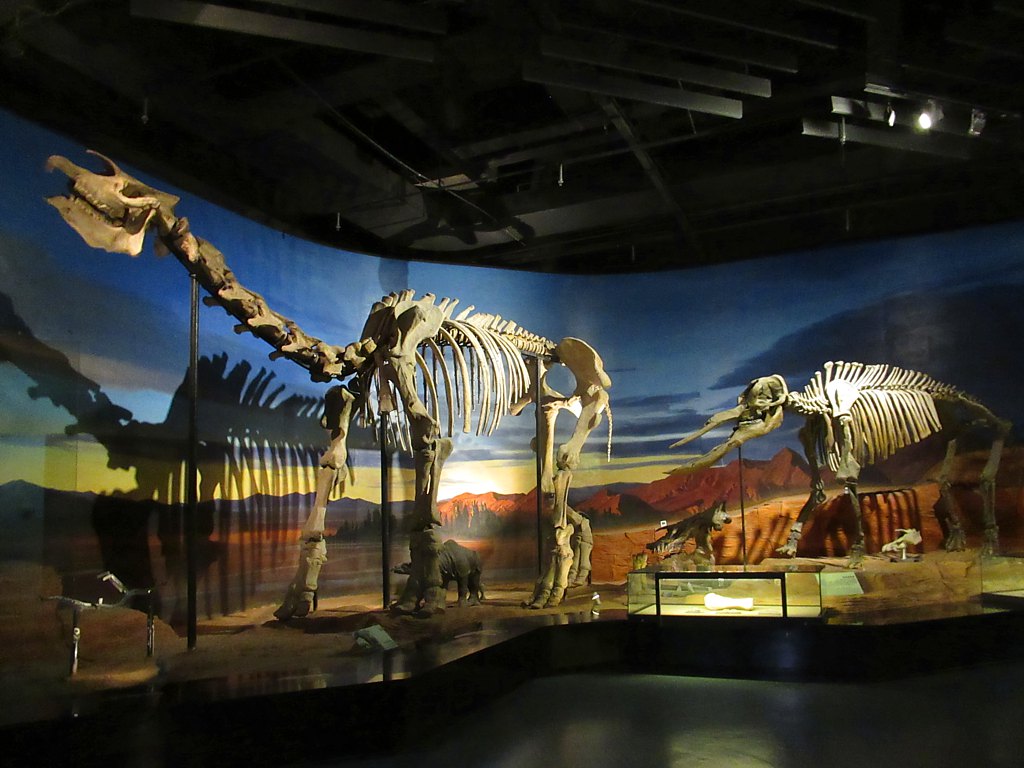
The digital revolution has transformed how both museums and media present dinosaurs to the public. Museums increasingly incorporate augmented reality (AR) and virtual reality (VR) experiences that allow visitors to “see” dinosaurs in lifelike motion, superimposed on physical exhibits or in fully immersive digital environments. Mobile applications like the American Museum of Natural History’s “Explorer” app provide supplementary information, interactive activities, and digital dinosaur experiences that extend beyond the physical museum visit. Film studios have created companion apps and digital experiences that blur the line between entertainment and education, such as the “Jurassic World Facts” app that combines franchise promotion with actual paleontological information. These digital tools enable more personalized and interactive dinosaur encounters than traditional static displays or linear films. The Smithsonian’s “Skin and Bones” app, which uses AR to place flesh on exhibited skeletons, demonstrates how digital technology can literally bridge the gap between fossilized remains and living reconstructions. As these technologies continue to evolve, the distinction between museum and media dinosaur experiences may increasingly blur.
The Commercial Dimension: Merchandising and Its Impact

Dinosaur merchandising represents a powerful extension of both museum and media influence on public perception. Museum gift shops offer products ranging from scientifically accurate models supervised by paleontologists to more whimsical interpretations, creating tangible connections to the institutional presentation of dinosaurs. Film-based merchandise tends to prioritize recognizability and appeal over scientific accuracy, with toy lines from franchises like “Jurassic World” creating dinosaur representations that millions of children interact with daily. The massive commercial success of dinosaur merchandise influences both museum and media approaches, with financial considerations sometimes affecting how dinosaurs are presented in both contexts. The PNSO and Safari Ltd. dinosaur figure lines represent interesting middle ground, striving for scientific accuracy while maintaining commercial appeal. Paleo-artists like David Krentz and Julius Csotonyi have found success creating scientifically rigorous dinosaur designs that appear in both museum contexts and commercial products. This merchandising ecosystem ensures that dinosaur representations extend far beyond the museum visit or movie viewing experience, becoming persistent presences in many homes.
Future Trajectories: Where Science and Entertainment Converge
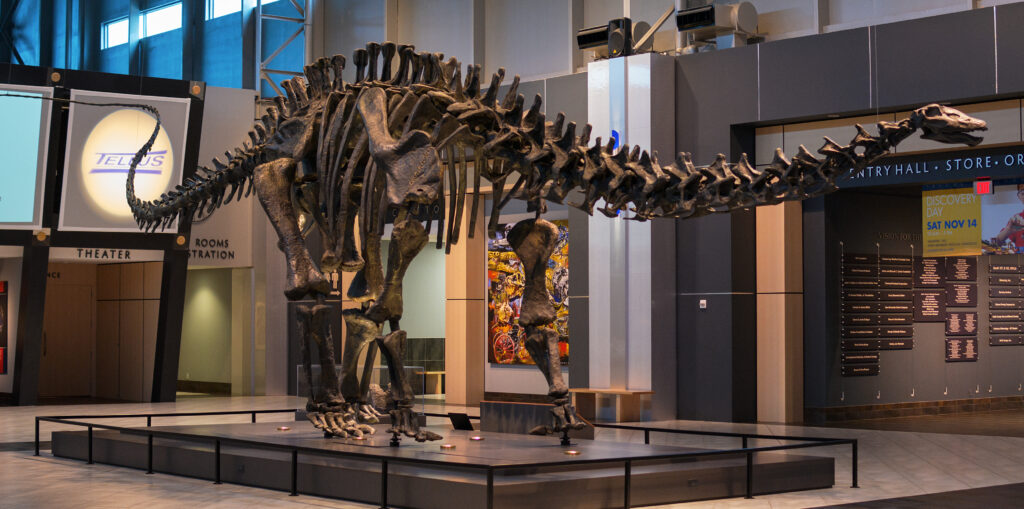
The relationship between scientific understanding and popular representation of dinosaurs continues to evolve in fascinating ways. Museums are increasingly embracing narrative and immersive techniques traditionally associated with entertainment media, while maintaining scientific rigor. The Natural History Museum of Los Angeles County’s “Dinosaur Hall” exemplifies this approach, combining cutting-edge science with engaging storytelling techniques. Simultaneously, some media productions are placing greater emphasis on scientific accuracy, as seen in Apple TV+’s “Prehistoric Planet” series, which features extensively feathered dinosaurs and current behavioral theories. New technologies like 3D printing and advanced CT scanning are enabling more accurate museum reconstructions, while the same technologies allow film productions to incorporate more detailed anatomical models. Social media and online platforms have created new spaces where paleontologists can directly engage with the public, sometimes explicitly addressing misconceptions from popular media. As these trends continue, we may see increasing convergence between scientific and entertainment presentations of dinosaurs, potentially reducing the gap between what researchers understand and what the public perceives.
Conclusion
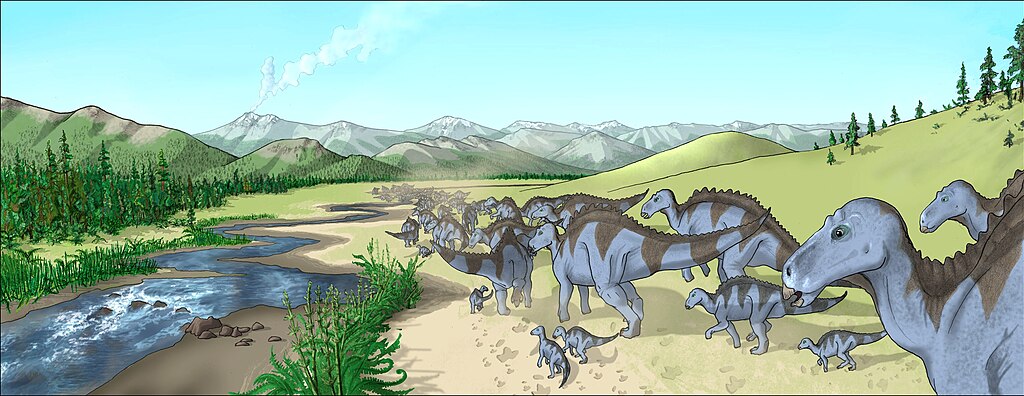
The dynamic relationship between movies, museums, and our collective understanding of dinosaurs reveals how scientific knowledge is mediated and transformed through cultural institutions. From the tail-dragging behemoths of early museum displays to the feathered predators of modern paleontology, our perception of dinosaurs continues to evolve through this complex interplay of entertainment, education, and scientific discovery. While tension sometimes exists between scientific accuracy and compelling storytelling, this creative friction has ultimately generated unprecedented public interest in paleontology. As technology advances and our understanding deepens, the conversation between science and entertainment continues to reshape our vision of Earth’s most magnificent extinct creatures. Museums and movies don’t simply reflect our understanding of dinosaurs—they actively create it, serving as the primary channels through which most people encounter and engage with the prehistoric world.

